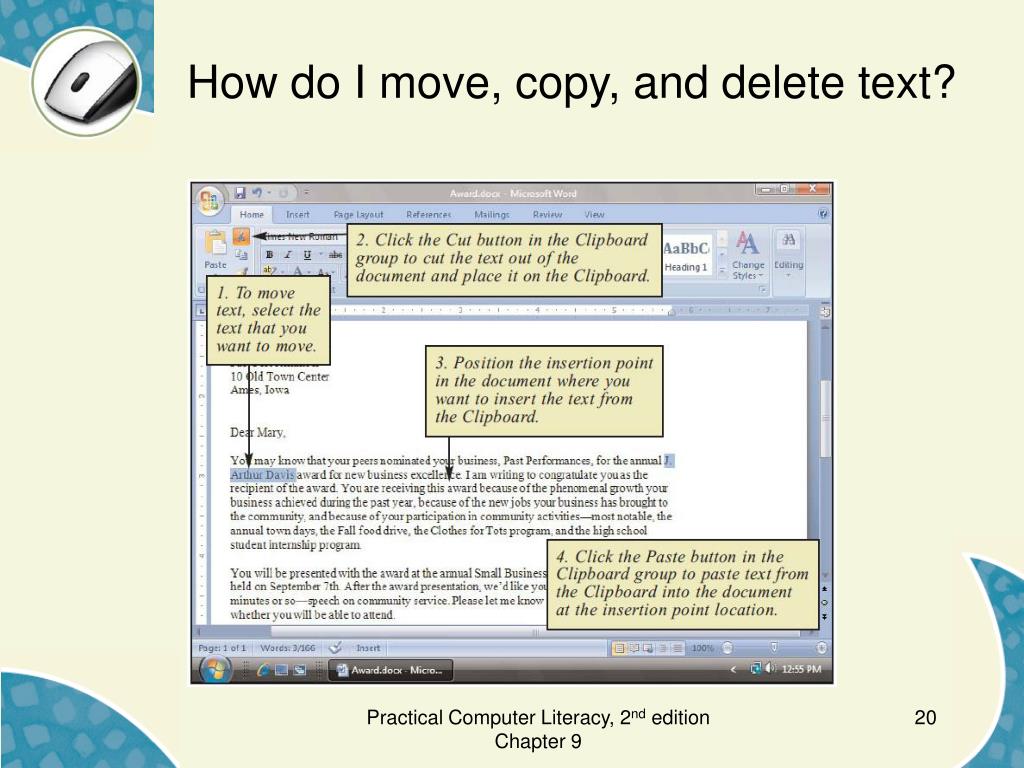
University of Wisconsin-Eau Claire 105 Garfield Avenue P.O. Merged Layers makes a snapshot that merges all layers in the image at that state.Ĭurrent Layer makes a snapshot of only the currently selected layer at that state.

In the From pull-down menu, make the appropriate selection.įull Document makes a snapshot of all layers in the image at that state.
In the Name text box, type a name for the snapshot. Right click the state you want to make the snapshot of, The new snapshot is created in the snapshot section of the History palette. At the bottom of the History palette, click Create New Snapshot. Selecting a snapshot lets you work from that version of the image. The new snapshot is added to the list of snapshots at the top of the History palette. The Snapshot command lets you make a temporary copy (or snapshot) of any image state. The History palette appears on the right side of the screen.įrom the History palette, select the image state you would like to revert to.īegin working on the image from that state. If the History palette window is open, but the Actions palette is visible, select the History tab. NOTE: A checkmark will appear next to History when the History palette is displayed. If the History palette is closed, open it by doing the following: The History palette shares a window with the Actions palette. To keep a particular state saved in the History palette throughout the whole work session, a snapshot can be made. By selecting a previous image state from the History palette you can begin working from that point, erasing all states that followed it. By default, the History palette records and displays the 20 most recent image states. The Step Backward option allows you to sequentially undo more than one action.įrom the Edit menu, select Step Backward.Įvery action or change in an image constitutes a new image state. NOTE: The Undo menu option will read Undo ( Action) (where Action represents the last action you completed). NOTE: If the Undo command is unavailable, the option either appears disabled or as a Redo command function. Unlike Microsoft Word, Photoshop does not allow you to use the Undo command to correct multiple actions. You can undo your last action using the Undo command found in the Edit menu. If you would like to undo more than one action, you may use the Step Backward command or the History palette. You can undo your most recent action using the Undo command found in the Edit menu. If you have mistakenly deleted an element or added an unwanted element to an image, you can use one of Photoshop's undo features to correct the mistake. 
The TextBuddy Command window will appear. After you have picked a shortcut, you can press that keystroke in any other app. Be sure to choose a hotkey that won’t interfere with any other common shortcuts on your Mac. This article is based on legacy software. First, assign a global shortcut key to the Run Clipboard Action setting in TextBuddy’s Preferences window. Please note that you can only undo your own actions, and not others’.(Archives) Adobe Photoshop CS3: Undoing Previous Actions

If you’ve gone too far, though, and have accidentally undone actions that you wanted to keep, press Shift + Z to redo an action that you’ve undone! An OutJob (as it is commonly known) is simply a pre-configured set of outputs. This command is used to clear the selected output(s) from the current Output Job Configuration file, and copy them to the OutputJob Editor's clipboard. If you want to undo a mistake, but it wasn’t your last action, that’s OK - you can press Z again to undo each action, one by one, until you’ve recovered the intended result. Applied Parameters: ActionCutObjectKindOutputSingle. For example, if you add a label to a card, pressing Z while viewing that card will remove that label. Each time you press it, your most recent card action will be undone. While viewing a board or a card, you can undo recent actions that you’ve taken by simply pressing the Z keyboard shortcut (full list of keyboard shortcuts here).







 0 kommentar(er)
0 kommentar(er)
